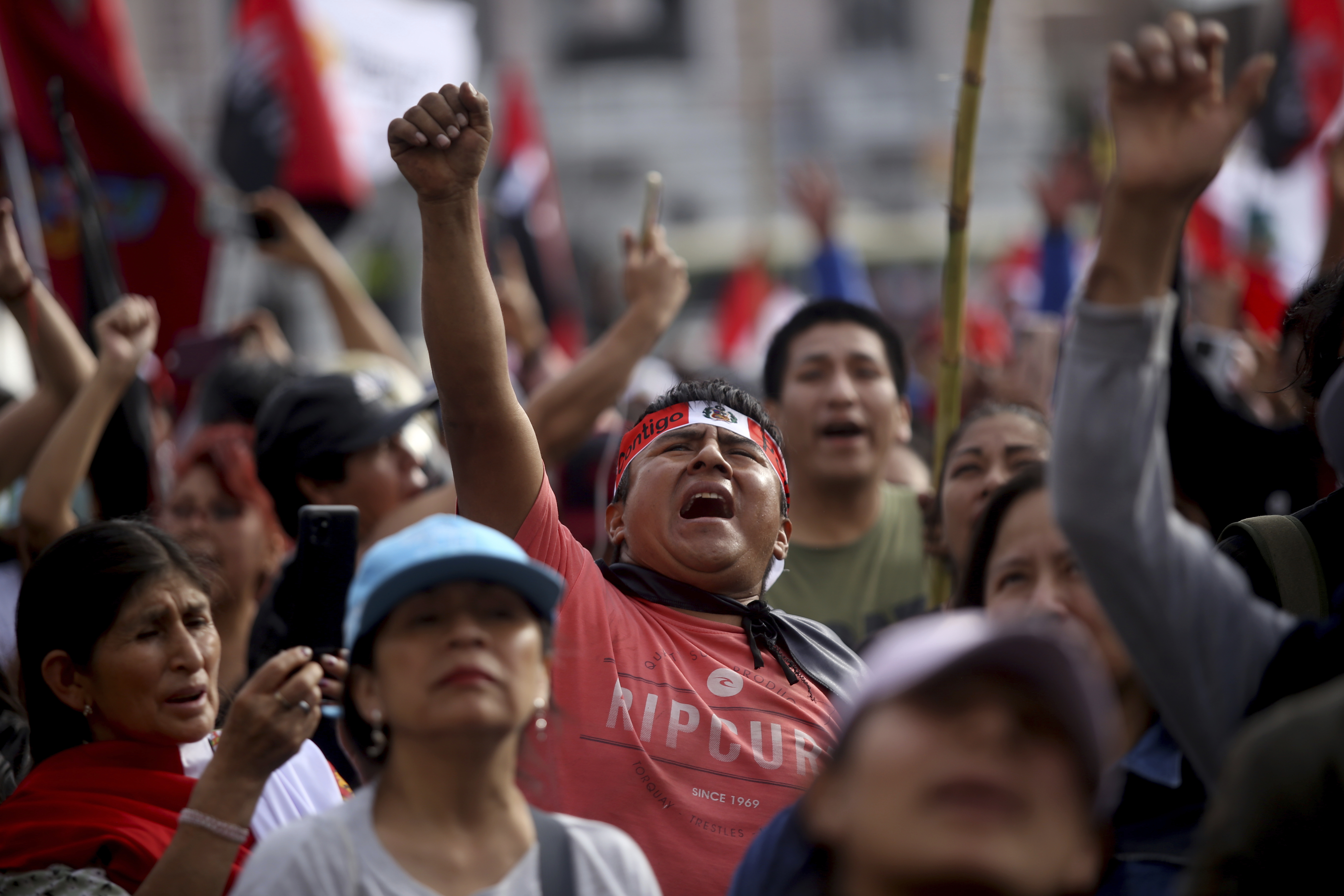LatAm in Focus: What Do We Really Know about the Latino Vote?
LatAm in Focus: What Do We Really Know about the Latino Vote?
UnidosUS' Clarissa Martínez De Castro and The Washington Post's Sabrina Rodríguez cover issues motivating the voting bloc heading into the U.S. midterms.
“Parties and candidates are still not reaching out enough to these voters. And if they do, they do it at the very last minute.” —Clarissa Martínez De Castro
AS/COA Online looks at where Latinos in the United States stand on party affiliation, top issues, and support for the Biden administration.
"We are seeing that Republicans have invested significantly in south Florida and significantly in south Texas." —Sabrina Rodríguez
Subscribe to Latin America in Focus, AS/COA's podcast focusing on the latest trends in politics, economics, and culture throughout the Americas.












